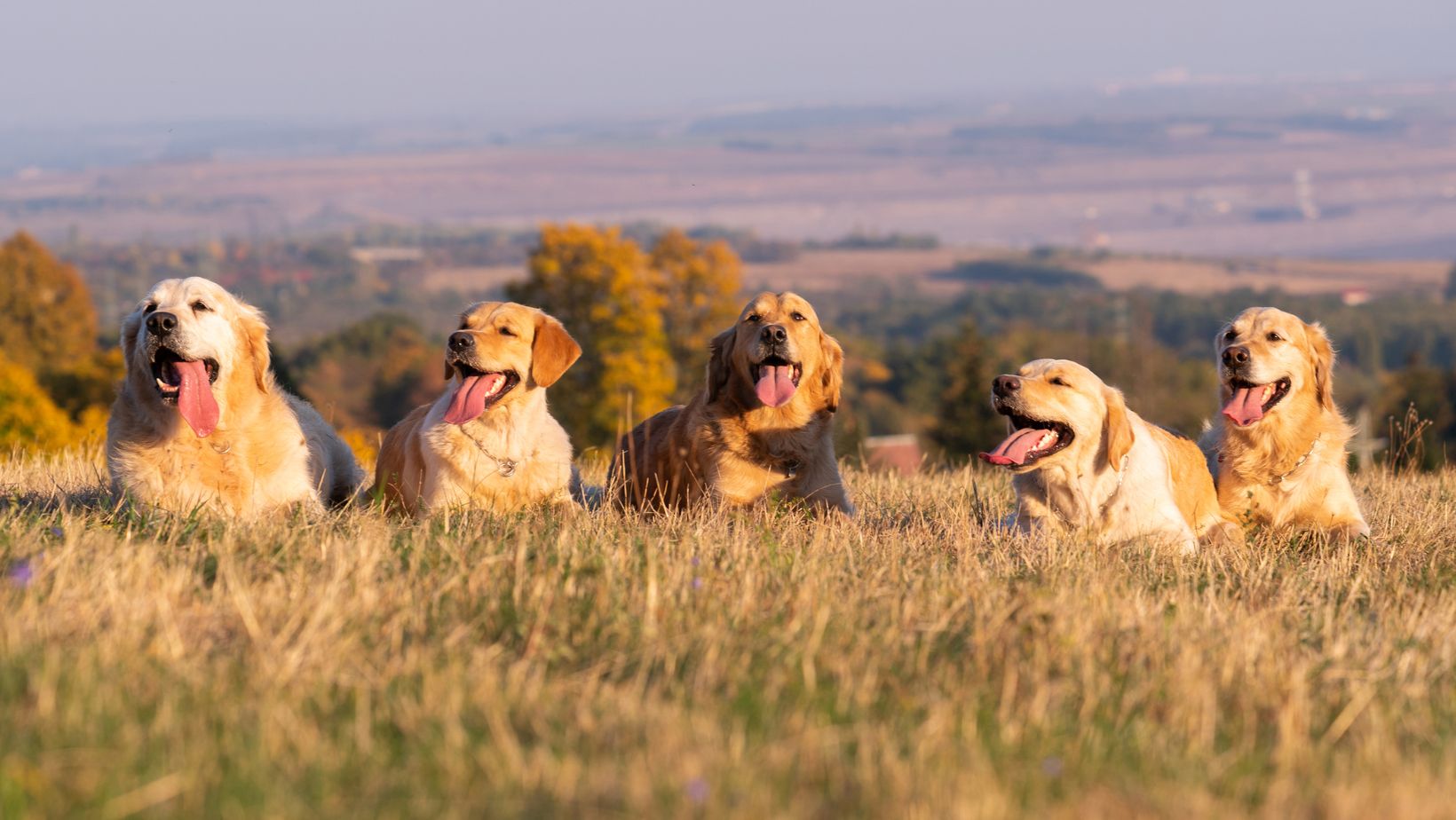Struggling with a large dog that constantly pulls on the leash can be quite a challenge, especially if you own a high-energy breed like a Labrador. But fear not! I’ll share some effective tips on how to get your large dog to stop pulling on the leash.
First and foremost, it’s crucial to invest in a sturdy, well-fitted harness for your Labrador. A harness provides better control and reduces strain on their neck compared to using just a collar. Once you have the right equipment, focus on teaching your dog basic leash manners through consistent training sessions.
Start by practicing loose-leash walking in a distraction-free environment. Hold the leash firmly but avoid tension. When your dog starts pulling, immediately stop walking and wait until they return to your side or release tension from the leash. Reward them with praise or treats for walking beside you without pulling.
Another helpful technique is redirection. Instead of allowing your Labrador to pull towards something they find enticing, redirect their attention back to you using verbal cues or treats. This reinforces the idea that staying close and paying attention is more rewarding than pulling towards distractions.
Remember, consistency is key when training any dog behavior. Practice these techniques regularly during short walks, gradually increasing difficulty as your Labrador improves their leash manners. With time and patience, you’ll be able to enjoy peaceful walks with your well-behaved companion.

How To Get Large Dog To Stop Pulling On Leash
Leash training is a crucial aspect of responsible pet ownership, especially when it comes to large dogs like Labradors. Teaching your furry friend how to walk calmly on a leash not only ensures their safety but also enhances the overall walking experience for both of you. In this section, we’ll explore the importance of proper leash training and how it can help you overcome the challenge of a large dog pulling on the leash.
- Establishing Control: Proper leash training allows you to establish control over your Labrador’s movements during walks. By teaching them to walk beside you without pulling, you’ll be able to guide their behavior and prevent them from rushing ahead or dragging behind. This sense of control creates a safer environment for both your dog and those around you.
- Safety First: A large dog that pulls excessively on the leash can pose potential dangers, such as unexpected lunges or sudden twists. With proper leash training, you can minimize these risks by teaching your Labrador to stay by your side and respond to gentle cues instead of using brute force.
- Enjoyable Walks: Walking should be an enjoyable activity for both you and your four-legged companion. When your Labrador learns proper leash manners, they will be more focused on exploring their surroundings rather than constantly tugging or straining against the leash. This allows for a more relaxed and pleasant walking experience for everyone involved.
- Building Trust and Bonding: Leash training provides an excellent opportunity to strengthen the bond between you and your furry friend. Through consistent practice and positive reinforcement techniques, such as treats or praise, you can build trust with your Labrador while effectively communicating expectations during walks.
- Social Interactions: When out in public spaces, having a well-trained dog on a leash is essential for positive social interactions with other people and animals alike. Properly trained Labradors are less likely to lunge or display aggressive behavior towards others while on walks, creating a more harmonious environment for everyone.
Remember, leash training takes time and patience. Consistency is key, so make sure to practice regularly and reinforce desired behaviors. If you’re struggling with leash training your large dog, consider seeking guidance from a professional dog trainer who can provide personalized advice and techniques tailored to your Labrador’s specific needs.
By investing time in proper leash training, you’ll not only address the issue of pulling but also strengthen the bond with your Labrador while ensuring their safety during walks. So grab that leash, put on a smile, and embark on a journey of enjoyable walks with your beloved furry companion!